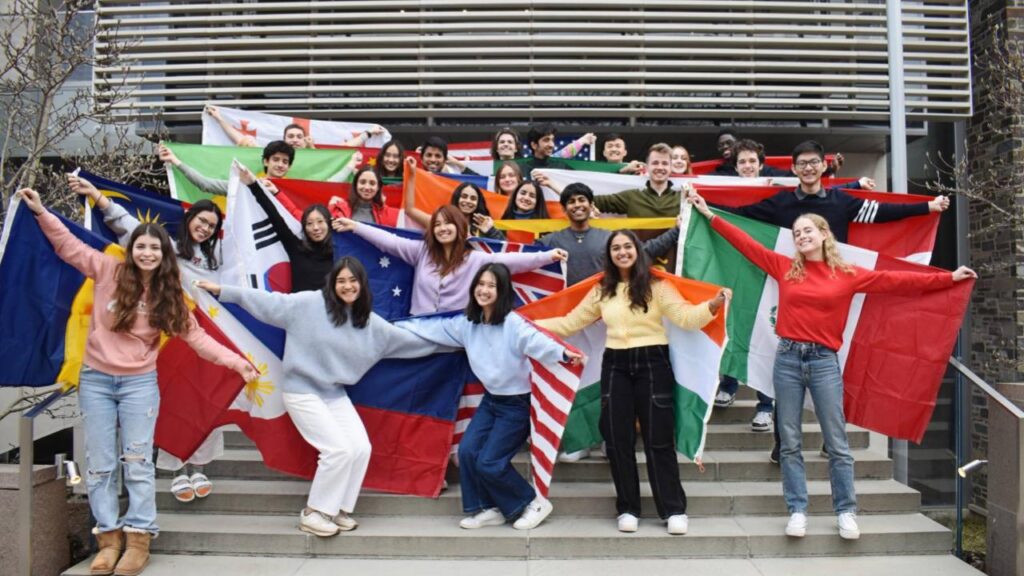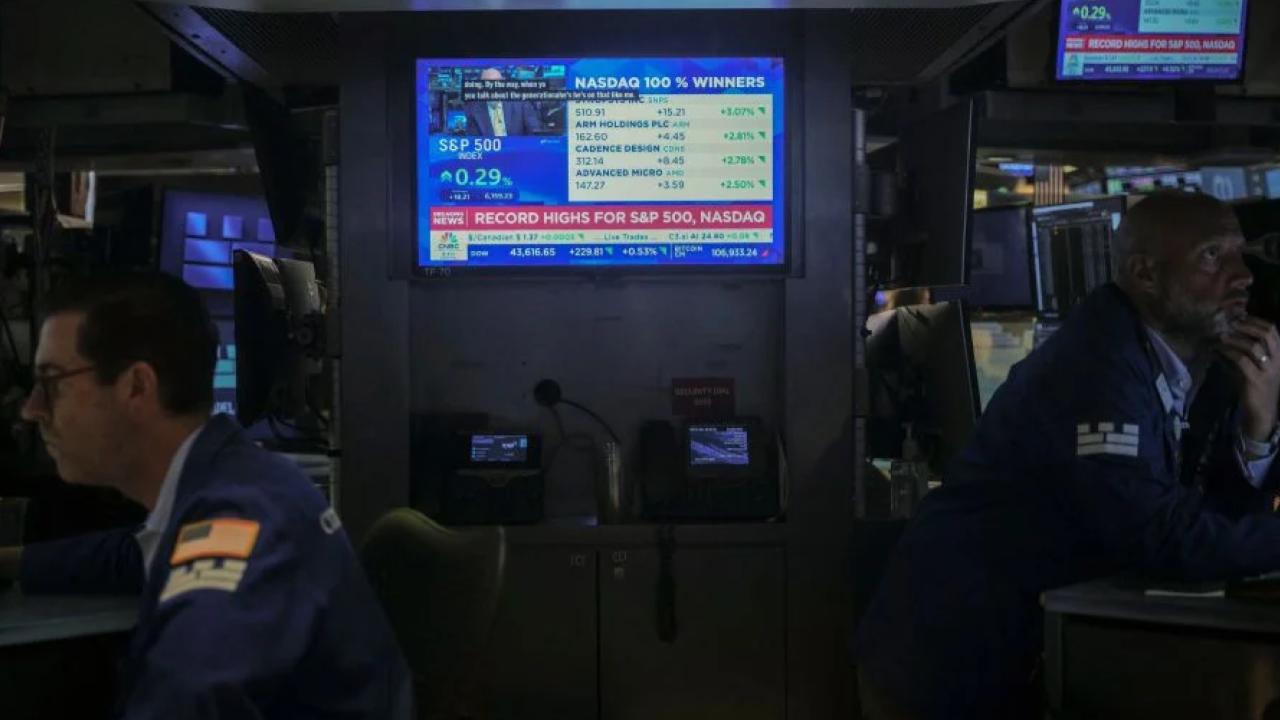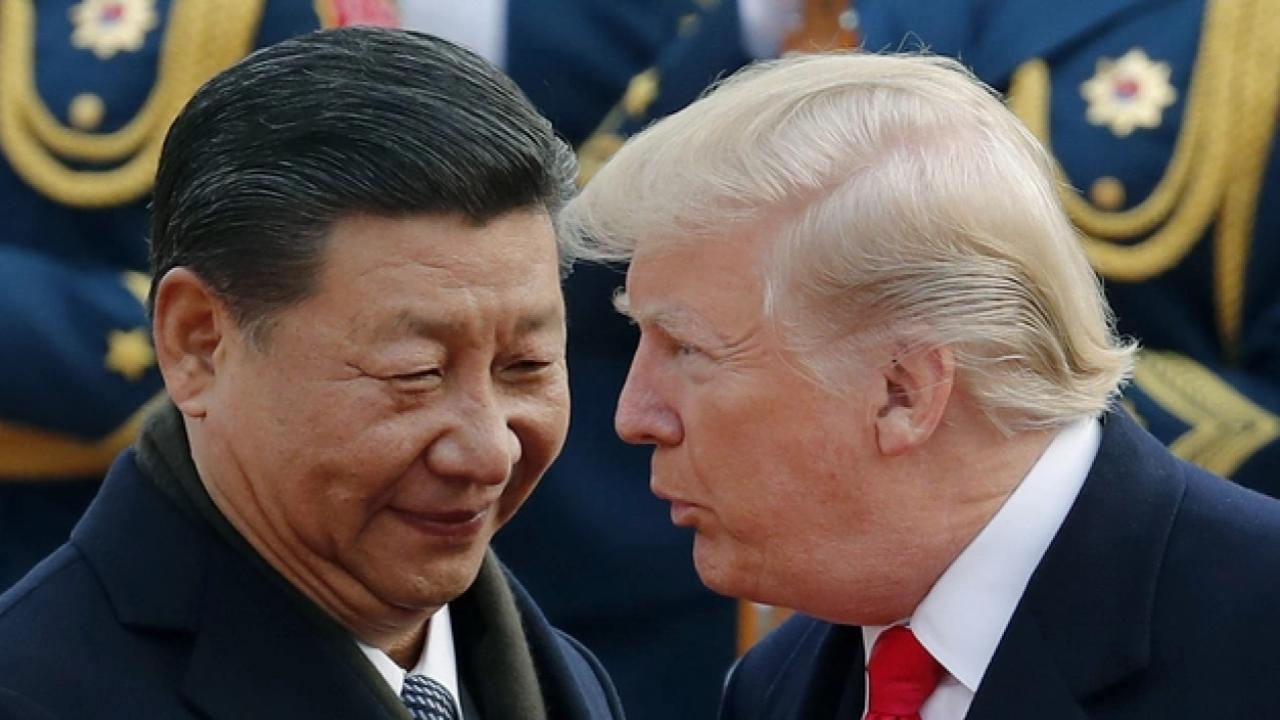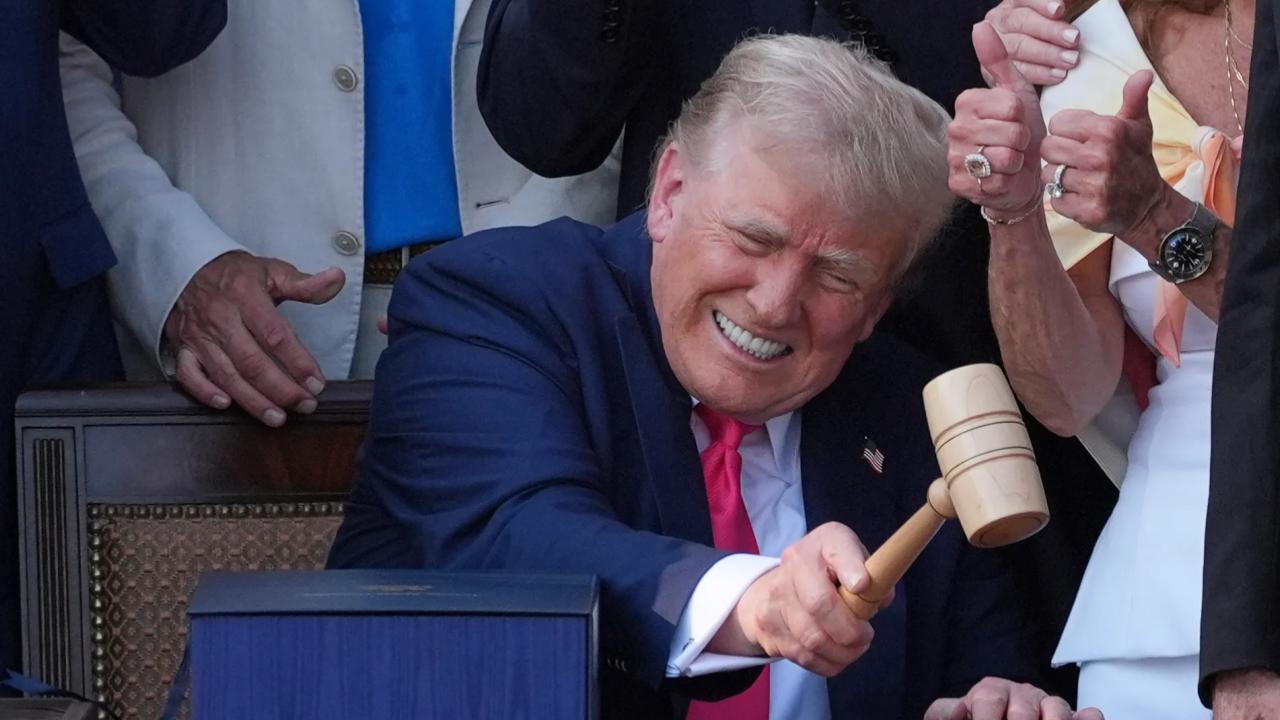If you’ve been wondering just how many international students are living and studying in the United States right now, here’s the short answer: more than 1.1 million. That’s right—America is home to over a million foreign students as of the 2023–2024 academic year, according to the Institute of International Education’s Open Doors Report. But who exactly are they? Where do they come from? And why are they here?

Let’s break it down in plain English—no jargon, no academic mumbo jumbo, just the facts, real talk, and a deeper look into one of America’s most global communities.
Over 1 Million Foreign Students in the U.S.?
| Key Insight | Data / Explanation |
|---|---|
| Total Number of International Students | 1,126,690 (2023–24 academic year) |
| Top Countries of Origin | India (331,602), China (277,398), South Korea, Canada, Vietnam, Nigeria |
| Main Fields of Study | STEM fields dominate—engineering, computer science, math |
| Academic Levels | Graduate: 502,291; Undergraduate: 342,875; OPT: 242,782; Non-degree: 38,742 |
| Economic Impact | $44 billion contributed to U.S. economy in 2023 |
| Visa & Policy Concerns | Students face policy changes, SEVIS database disruptions, and potential bans |
International students in the U.S. aren’t just filling dorm rooms or boosting enrollment stats—they’re fueling innovation, driving local economies, and reshaping the future of American education and business.
But if America wants to remain the global leader in higher education, it needs to drop the drama, fix its visa mess, and roll out the welcome mat—because these students aren’t a threat. They’re the future.
Why the U.S. Has Over a Million International Students
There’s a reason foreign students flock to America: the U.S. is still seen as the holy grail of higher education. Think Ivy Leagues like Harvard, Yale, or big tech feeders like MIT and Stanford. Pair that with cutting-edge research, Optional Practical Training (OPT) job opportunities, and a multicultural experience—and boom, you’ve got a magnet for ambitious minds worldwide.
But it’s not just about books and degrees.
Most of these students are coming from India and China. In fact:
- India sent over 331,000 students in 2023—a 23% increase from the year before.
- China followed with 277,000 students, though that number slightly dropped by 4%.
Other significant contributors? South Korea, Canada, Vietnam, and Nigeria are all bringing thousands into U.S. colleges and universities.
What Are They Studying? Hint: It’s Not Basket Weaving
Let’s be real—most international students aren’t coming here to major in basket weaving or interpretive dance. The vast majority are deep into STEM—science, tech, engineering, and math.
According to the Open Doors report:
- Around 70% of full-time international grad students are studying in STEM fields.
- Computer science, engineering, and data science top the list.
- These programs are often pipelines into the U.S. tech sector, especially through OPT, which allows them to work in the U.S. for up to three years post-graduation.
So, the next time you’re scrolling through TikTok or using ChatGPT—remember, there’s probably an international student somewhere in the pipeline making that possible.
Economic Impact: Billions with a Capital B
Here’s something most folks don’t talk about—foreign students are big business for America. No kidding.
In 2023, they pumped $44 billion into the U.S. economy. That’s not a typo.
Here’s how:
- Tuition (they often pay full sticker price)
- Rent and housing
- Food and local shopping
- Travel and transportation
- Even supporting jobs in college towns
To put it in perspective, their contribution is bigger than the entire U.S. beef export industry.
Colleges like Boston University, Columbia, University of Southern California, and NYU have thousands of international students—some with nearly 25% of their student body from abroad.
Challenges They’re Facing Right Now
Despite their importance, international students are getting caught in political crossfire.
1. Trump’s Crackdown on Foreign Enrollment
In May 2025, the Trump campaign took aim at Harvard, trying to revoke its ability to enroll international students. Allegedly, it was about protecting U.S. interests and preventing foreign “influence.”
But critics—and many universities—call it political theater. Harvard has taken the case to court, and as of now, a federal judge has temporarily blocked the ban.
2. Visa & SEVIS Database Chaos
Thousands of students in recent years have had their visa records canceled or SEVIS files terminated (that’s the Student and Exchange Visitor Information System). For no fault of their own.
Imagine spending $50,000 a year on tuition, and suddenly your immigration file disappears. That’s the nightmare many are facing.
3. Global Competition Is Heating Up
While the U.S. fumbles with red tape, other countries are rolling out the red carpet:
- Canada has made it easier to get permanent residency.
- Hong Kong is actively recruiting U.S.-banned students.
- Germany, the U.K., and Australia offer lower tuition and faster visas.
If America doesn’t get it together, we risk losing the best minds to our global competitors.
What Do International Students Want?
It’s not rocket science. (Although ironically, a lot of them are studying rocket science.)
They want:
- A stable, supportive environment to study and grow.
- A clear path to employment through internships or OPT.
- Fair immigration rules that don’t change every election cycle.
- And maybe a good burger and Wi-Fi.
Many would love to stay in the U.S. after graduation, build careers, start companies, or contribute to research. They aren’t here to “take over” — they’re here to level up, and if we’re smart, we’ll let them.
The Real Truth: They’re Part of the American Dream
Let’s cut through the noise: these students are future doctors, engineers, teachers, and entrepreneurs. They don’t just benefit from the U.S.—they add to it.
When we support international education, we’re not just helping a few nerdy kids from overseas. We’re investing in:
- Future medical innovations
- Tech breakthroughs
- A stronger economy
- Cross-cultural understanding
In short, we’re investing in a better America.
Frequently Asked Questions (FAQs)
Q1: How many international students are in the U.S. in 2024?
Over 1.12 million, per OpenDoorsData.org
Q2: Which country sends the most students to the U.S.?
India is currently #1, followed by China.
Q3: What do most international students study?
STEM fields: engineering, computer science, math, and physical sciences.
Q4: What is OPT?
OPT (Optional Practical Training) allows foreign students to work in the U.S. for 12–36 months after graduation, depending on their field.
Q5: Is it harder now to get a student visa?
Yes, especially under tighter immigration policies and administrative delays.
Q6: Can international students stay in the U.S. permanently?
Some do transition to work visas (like H-1B) and eventually gain permanent residency, but it’s a long and complex process.






